
After three years of rapid growth, Russia's military-industrial complex entered a phase of decline, which is the first signal of a systemic crisis in the aggressor's economy. According to rosZMI, the production of metal products — a key segment for weapons — which grew by 31. 6% in 2024, showed a 1. 6% drop in September 2025 compared to the same period last year. This is the first negative deviation during the entire period of full-scale war.
The Center for Combating Disinformation writes about it. Even more dramatic for the Russian Federation is the reduction in the production of tanks and armored vehicles: if in August the increase reached 61%, in September it amounted to only 6% - ten times less. Such indicators testify to the exhaustion of the mobilization potential of the Russian military industry, which previously served as the main engine of the Russian economy.
Currently, it is the military industry that is dragging down the overall industrial indices: growth has slowed to a paltry 0. 3%, compared to more than 5% for all of 2024. According to the CPD, the reasons for the crisis are obvious. A budget deficit caused by a 21% drop in oil revenues due to sanctions and a glut in the market is forcing the Kremlin to rein in spending.
Even massive military orders no longer make up for losses: government funding is cut and resources are diverted to priorities such as welfare payments to curb domestic discontent. Economists predict that without radical changes, the recession will deepen, affecting the front: equipment shortages will make it difficult to rotate units and replace losses.
According to Pavlo Lakiychuk, head of security programs at the Center for Global Studies "Strategy XXI", Russia is witnessing a gradual decline in key indicators, in particular, production volumes in the military-industrial complex. The expert confirmed the existence of such dynamics based on the analysis of open sources, including Russian media. "Indeed, there is such a trend. It's not even so much statistics as news from Russian sources," Lakiychuk noted to Focus.
As an example, he cited the situation at Uralvagonzavod, one of the main manufacturers of tanks in the Russian Federation. Until 2022, the company reduced production, switching to a four-day work week. With the start of a full-scale war in 2022–2024, the plant ramped up capacity to three-shift work. However, now again there are reports of a reduction in the number of employees and a return to the four-day shift.
"This means, accordingly, that products will be produced less," the expert emphasized. Lakiychuk attributes the reasons for this decline to the natural limitations of the war economy. Large-scale infusions from the National Welfare Fund, initiated by Vladimir Putin, created a kind of "soap bubble". These funds, in fact, are burned to support the military industry, but without a stable economic basis, the effect is exhausted.
Candidate of Economic Sciences Ivan Us notes that sanctions play a key role, but the main problem is the lack of resources to circumvent them. "If problems are solved with money, they are not problems, but additional costs. But money is needed, and there is a lack of it," the expert emphasizes to Focus. According to him, the analysis of Russian statistical data for September 2025 confirms this trend. The production of weapons and ammunition in the Russian Federation decreased by 1.
6% compared to last year. Even more telling is the fall in the production of military equipment: an increase from 62. 2% in August to only 6% in September. Us also adds that an additional factor in the economy of the Russian Federation is the problems in civilian industries, which previously supplied technologies for the military industry. Currently, companies refuse to transfer resources to the Russian defense industry due to a lack of their own resources.
The electronics and optics segment is still holding on to +18. 4% growth, but key military indicators are falling due to funding shortages. The economist emphasizes that the budget deficit of the Russian Federation, according to the official forecast, will reach 5. 7 trillion rubles, but the real figure, according to experience, will be higher — 8-9 trillion. China, despite trade with the Russian Federation, will not rush to save its economy, which deepens the crisis of Russia's military industry.
According to Anton Zemlany, a senior analyst at the Ukrainian Center for Security and Cooperation, if we speak in Russian slang, then the Russian economy is "cooling down" and the growth of some industries is "shrinking". "Regarding the information of the CPD — the given data are accurate, but the wording is somewhat incorrect. Actually, the index of 1.
6% drop in the production of metal products is a monthly indicator in September (year-on-year), and it is incorrect to compare it with the annual index. In this industry of the Russian Federation, the production index for 9 months was -15. 3%, and for the whole year of 2024 - 31. 6%. That is, for 9 months of 2025 the index of production of metal products fell by almost 50% compared to the previous year.
This is exactly the indicator that can be used as a starting point when analyzing Rosstat data," Zemlanyy tells Focus. According to the analyst, the drop in the Rosstat index in September, which is referred to by the CPD, is probably related to the drop in government orders due to a lack of finances and a hole in the Russian budget. The Kremlin is likely to cut spending in the fourth quarter to reduce budget deficits and revenues that are falling amid shrinking oil and gas revenues.
At the same time, the index of Russian "semi-military" industries for 9 months shows a decrease compared to previous years, but this index is still "positive". In contrast to the civilian industries of the Russian Federation, which, with the exception of the "production of medicines", continue to decline and stagnate. This demonstrates that the Russian economy continues to focus on supporting Moscow's military machine, which, in turn, causes economic pressure on civilian sectors.
"In fact, the war and its financing, in particular the sanctions of partners and the Ukrainian 'kinetic sanctions', are eating away at the Russian economy. Obviously, if a similar situation in Russia continues, we may see even worse consequences for the Russian economy in the future. Accordingly, this will increasingly affect Russia's ability to continue financing the military machine and support the conduct of hostilities," concludes Zemlyany.
According to Lakiychuk, reducing the production of equipment and weapons will have a positive effect on the situation at the front for Ukraine. In the short term, which may be felt already this year, this may lead to a shortage of new equipment in Russian units, making it difficult to rotate and replenish losses. In the long term, in the coming years, to the general depletion of resources, which will weaken the offensive potential of the aggressor.
At the same time, the expert warns that the Kremlin will seek compensation for the shortage of weapons. In particular, we can expect a possible expansion of cooperation with sanctioned partners, in particular with North Korea and Iran, import of components through intermediaries or further militarization of civilian sectors. In particular, North Korea currently supplies more than half of Russia's large-caliber projectiles.
"Another question is what Putin will try to compensate for," Lakiychuk asks. We will remind you that Putin is threatening a "nuclear club" again. The statement about the successful test of the Burevestnik missile with a nuclear engine caused skepticism. Focus analyzes whether this weapon is capable of changing the strategic balance, or whether it is another Kremlin propaganda trick for the domestic consumer and to intimidate the West.


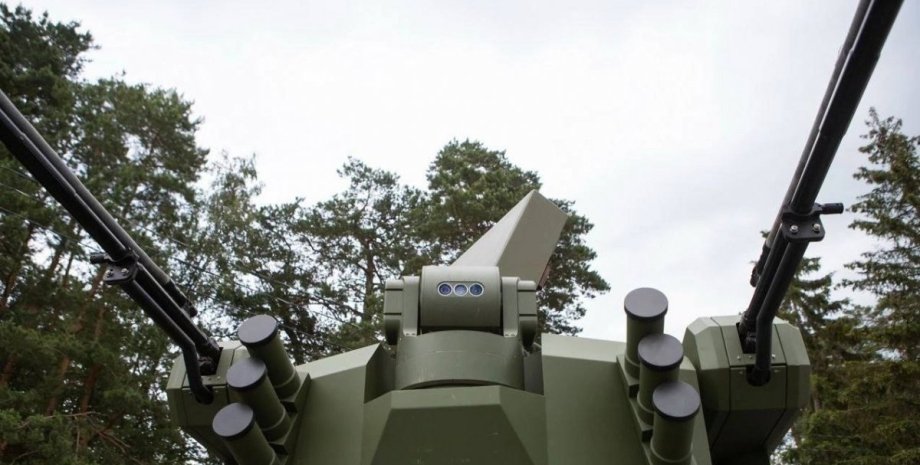
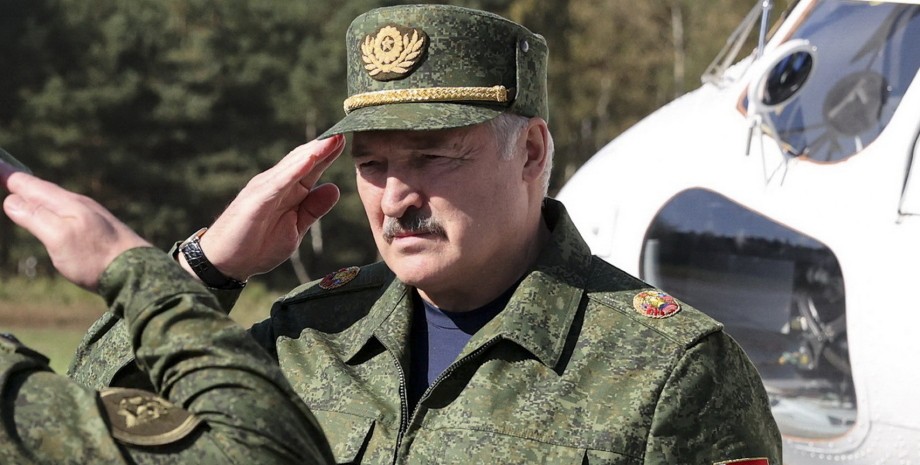
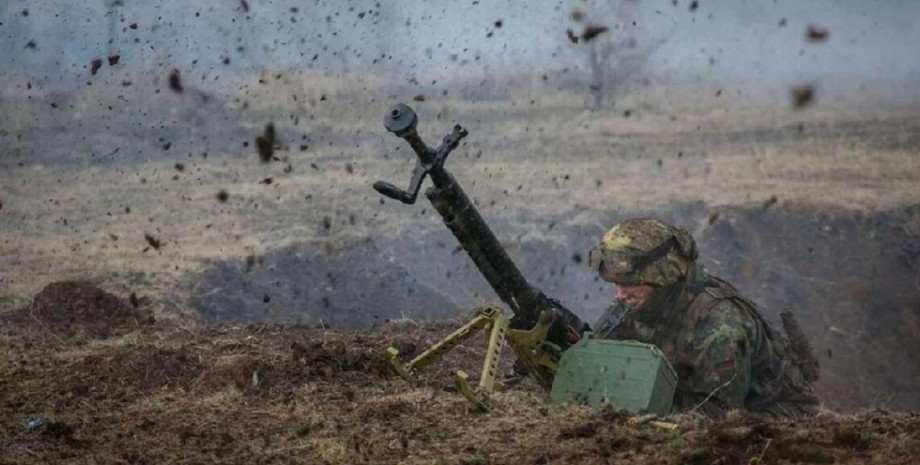

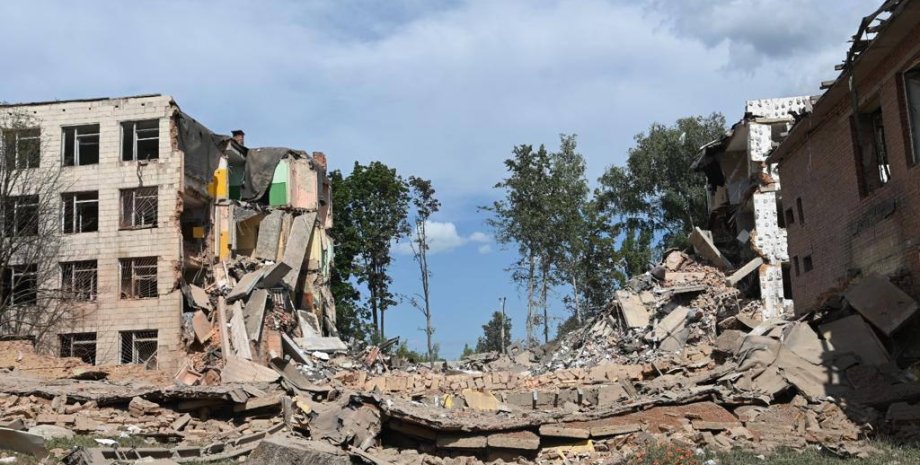
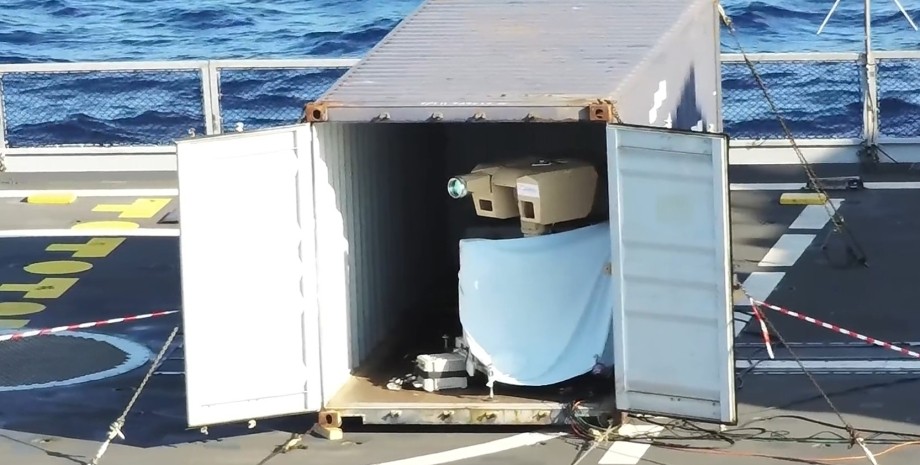
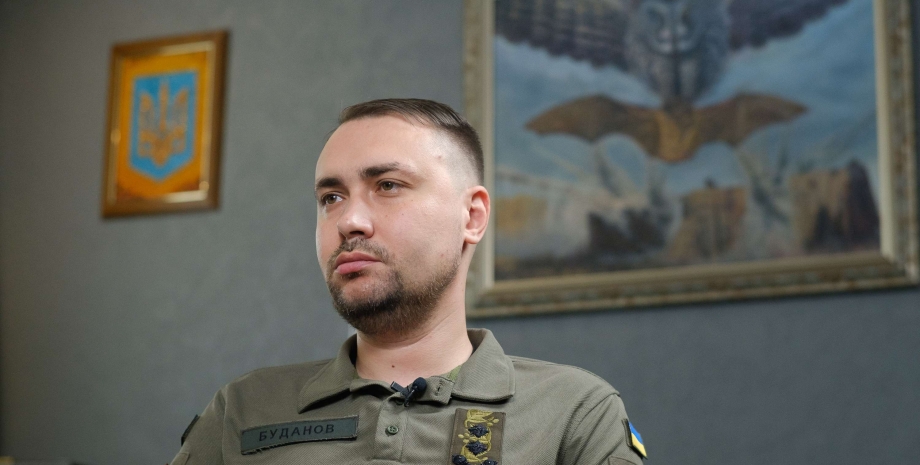
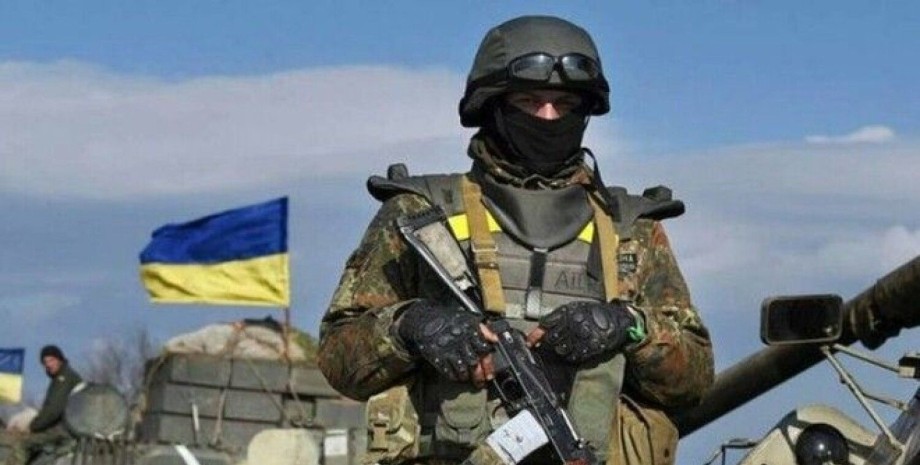
All rights reserved IN-Ukraine.info - 2022